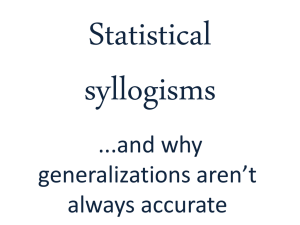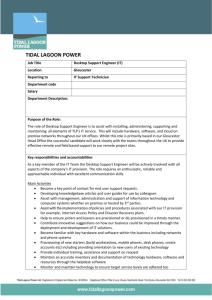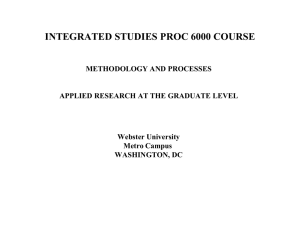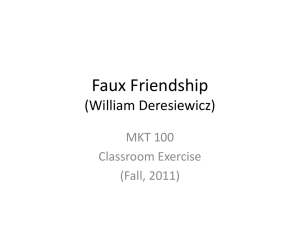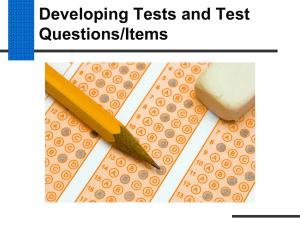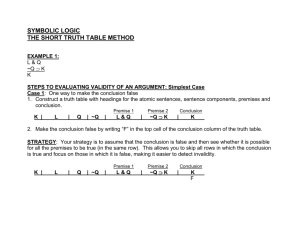File
advertisement
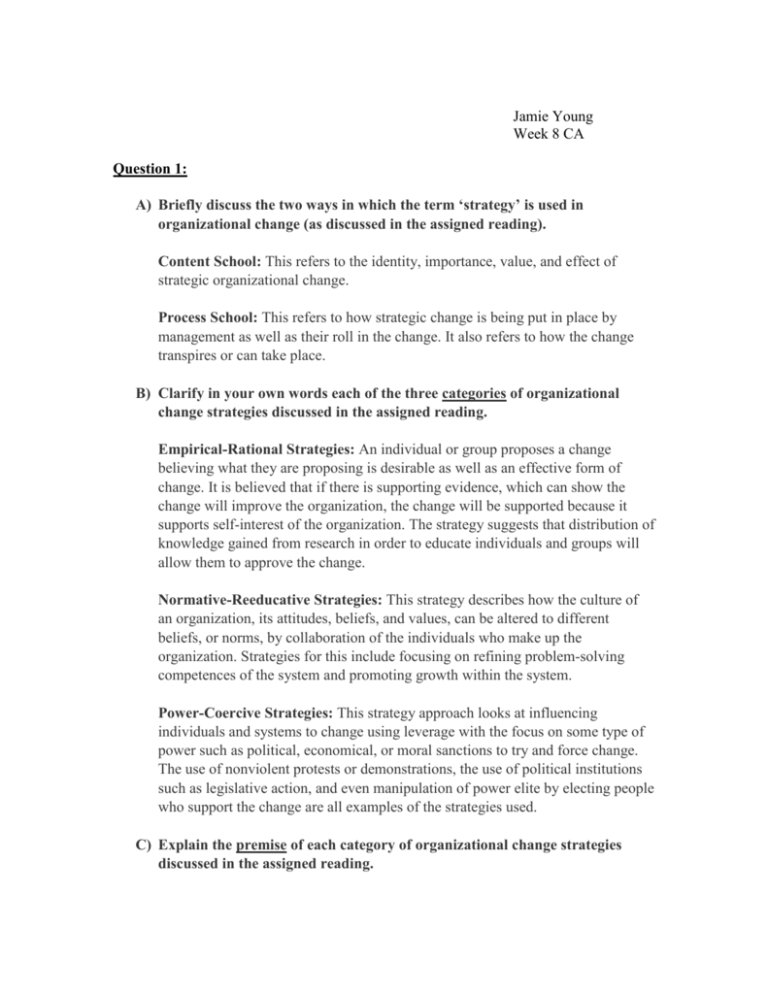
Jamie Young Week 8 CA Question 1: A) Briefly discuss the two ways in which the term ‘strategy’ is used in organizational change (as discussed in the assigned reading). Content School: This refers to the identity, importance, value, and effect of strategic organizational change. Process School: This refers to how strategic change is being put in place by management as well as their roll in the change. It also refers to how the change transpires or can take place. B) Clarify in your own words each of the three categories of organizational change strategies discussed in the assigned reading. Empirical-Rational Strategies: An individual or group proposes a change believing what they are proposing is desirable as well as an effective form of change. It is believed that if there is supporting evidence, which can show the change will improve the organization, the change will be supported because it supports self-interest of the organization. The strategy suggests that distribution of knowledge gained from research in order to educate individuals and groups will allow them to approve the change. Normative-Reeducative Strategies: This strategy describes how the culture of an organization, its attitudes, beliefs, and values, can be altered to different beliefs, or norms, by collaboration of the individuals who make up the organization. Strategies for this include focusing on refining problem-solving competences of the system and promoting growth within the system. Power-Coercive Strategies: This strategy approach looks at influencing individuals and systems to change using leverage with the focus on some type of power such as political, economical, or moral sanctions to try and force change. The use of nonviolent protests or demonstrations, the use of political institutions such as legislative action, and even manipulation of power elite by electing people who support the change are all examples of the strategies used. C) Explain the premise of each category of organizational change strategies discussed in the assigned reading. Empirical-Rational Strategies: The premise of this strategy is, “People are rational and that they will follow their rational self-interest once it is made apparent to them”(Burke, 2014). Normative-Reeducative Strategies: The premise of this strategy is that people are intelligent and logical and that they, “conform and are committed to sociocultural norms. Undergirding these norms are individual beliefs, attitudes, and values”(Burke, 2014). Power-Coercive Strategies: The premise of this strategy is, “the use of power in whatever form it may take: political, nonviolent resistance, and so on”(Burke, 2014). Question 2: This question is about social policy and how the process of policy change happens. See if you can apply what you learned about the categories of organizational change to the Factors that lead to policy reform. Factors: Research Pressure/Lobbying Media Opposition A) Research is used to change policy by compiling information from studies, surveys, experiments, reports, and records. The information is then given to those in charge of putting social policies in place, such as the government and voters, on the federal and state level and organization leaders who then decide if the research should be used to change social policy. The premise of the Empirical-Rational strategy could affect this factor because the strategy uses the self-interest of people and if the research shows that changing the social policy will be in their best interest and benefit them then they may decide to work to change the policy. The premise of Normative-Reeductive Strategies could affect this factor because depending on the sociocultural norms and the view these norms have on the social policy the research is trying to change people may or may not feel the change needs to take place. The premise of Power-Coercive Strategies could affect this factor because the people who conduct the research may be able to use fear and scare tactics to get the social policy changes. B) Pressure/Lobbying is used to change social policy when an interest groups and organizations who are advocating for a change spend money to maintain a presence in government usually on a national level. Lobbying and pressure generally includes marching, testifying, sending letters, making calls, and other attempts to influence lawmakers. Another big factor in lobbying and pressures is the amount of money contributed to camping funds from large donors and organizations wanting to get their policy pushed through. On a state level the policies that are able to get through are those that have an impact on the candidate and his or her career. All this being said, social services usually take a back seat when it comes to reform and policy change due to lack of funds and ability to sway political figures. The premise of Empirical-Rational Strategy may not have any effect on this kind of social policy change since most of the change occurs due to who has the most money and not based on the interest of the people. The premise of Normative-Reeducive Strategy could be used to help lobbyist if the lobbyist uses the pressure of social norms as to why a social policy should be changed. The premise of Power-Coercive Strategy is a great way for lobbyist to invoke social change because they can use their power in any way possible including money and government contacts to make change happen. C) The Media is used to induce social change through influencing how the public views social issues. The media may put more emphasis on one issue than it does on another drawing more attention to the cause while not giving any attention to other social issues that are being discussed by Congress and lobbyists. The media source may even have a personal relationship or interest with particular political campaigns and are only give one side of information on social policy issues. The premise of Empirical-Rational Strategy could be useful in the media when trying to change social policy since the media is able to reach thousands of voters each day they could try to persuade them that it is in their best interest to change a social policy. The premise of Normative-Rational Strategy could also be effective when used by the media. , if the media can use social norms as a way to get voters to vote for or against a social policy change. The premise of Power-Coercive Strategy can be easily used by the media, you can see this in the amount of money used to push social policy issues that the media source endorses as well as the members of the legislators they give media time too. D) Opposition is used to change social policy that already exists or get rid of policies that are proposed to congress. Opposition to a policy can lead to it being changed very little or the whole policy can be re-written and is usually re-written and changed due to economical factors. The premise of Empirical-Rational Strategy may not work so good using opposition to get social policy changed since opposition is usually based on money and not the best interest of the people who would be affected by the policy. The premise of Normative-Rational Strategy would also find a hard time making a difference with opposition because the policy is not being changed on social values and culture but instead due to monetary issues. The premise of Power-Coercive Strategy is a strategy that may work because using money as influence and political power can ensure opposition goes one way or another for a social policy change.

